
When we think of knitting, it’s not uncommon to picture an older person in a rocking chair, clicking away with yarn and sticks. Maybe they are making a scarf, hat, or pair of warm mittens for when the days turn colder. Perhaps it’s a hand-crafted throw blanket for toasty nights by the fire or a cozy sweater.
Quality knitwear, especially handmade or custom-created, is an example of craftsmanship that has continued for centuries and remains popular today. While the items created are the focus for many, the evolution of knitting equipment and supplies shows how much this textile craft has become interwoven into daily life.
EVOLUTION OF KNITTING
While some think knitting began in colonial times, it goes back much further. There is evidence of knitted garments from Egypt between 500 and 1200 A.D. In several paintings from the 12th and 13th centuries A.D., the Blessed Virgin Mother is depicted knitting items with sticks and yarn, but the items aren’t clearly shown. Most depictions of knitting come in the 18th century.
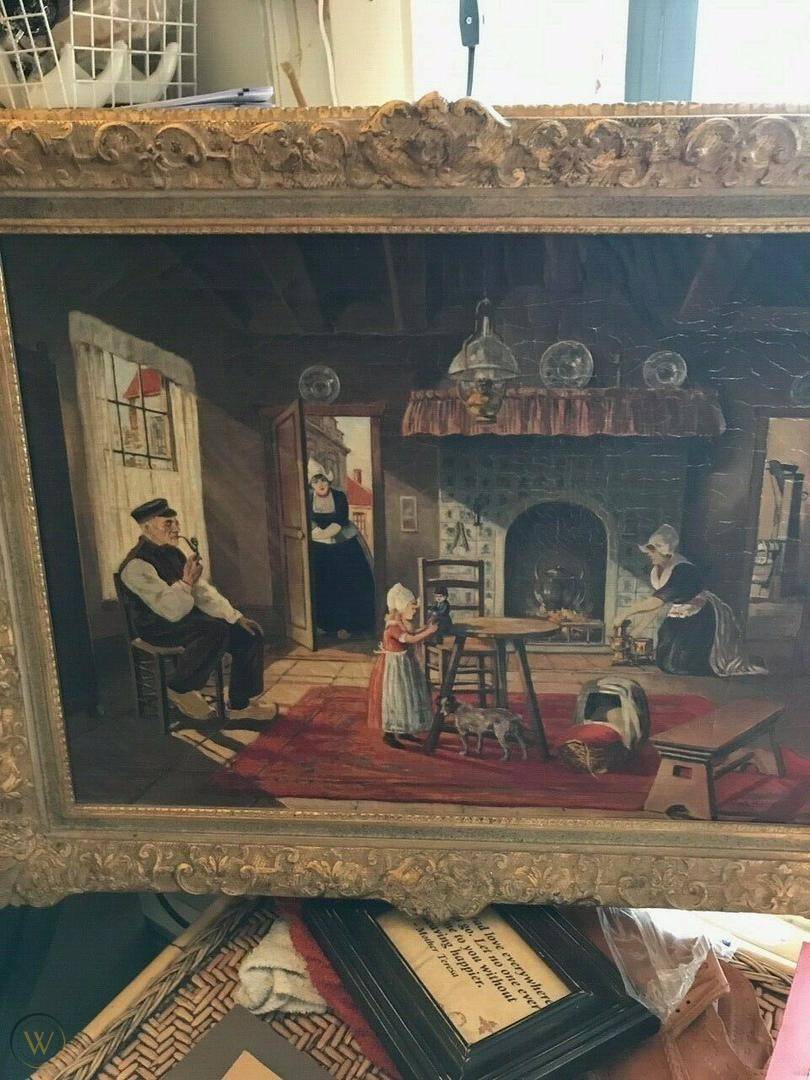
Like many crafts, knitting wasn’t a hobby at first; some families had to produce clothing and household items like blankets and pillows. The yarn was often sourced directly from sheep and other wooly farm animals and spun in homes. By the Industrial Revolution, many items were mass-produced, making them more available due to machines like the cotton gin and looms in large factories.
Knitting is popular with both men and women. Women were seen as knitters early on because they were considered part of the household work like washing, cooking, and childcare. Now that it’s more of a hobby craft, men are interested in it as well. When filming scenes with knitters in motion picture Lars and the Real Girl, Hollywood hottie Ryan Gosling took up the craft and still enjoys making small items for friends.
TOOLS OF THE TRADE
To knit, you first need yarn—there are thousands of varieties to choose from. Then, you need equipment. Every serious knitter has at least one basket or bag filled with needles, rulers, patterns, and other gear. Rather than using a loom or machine, hand knitting is the most common way for home crafters to make scarves, hats, and other pieces. If you asked 100 knitters about their favorite needles, you would likely get 100 different answers because knitters can be fiercely loyal to the equipment they use.

Before companies got into the game of making supplies, many knitting implements were homemade. These included needles made from bone. Although bone was more common in crochet hooks, some knitting needles were made as well, usually from bovine or elk bones. Still, the process was arduous, and when mass-produced needles became common, bone fell out of favor.
One of the most well-known manufacturers of knitting supplies is Boye. Initially, they made sewing supplies, storage solutions for notions, and sizing instruments. Another famous company was Aero, in the United Kingdom, which made needles. While the company discontinued its knitting needles, serious knitters seek out vintage Aero needles for their projects.
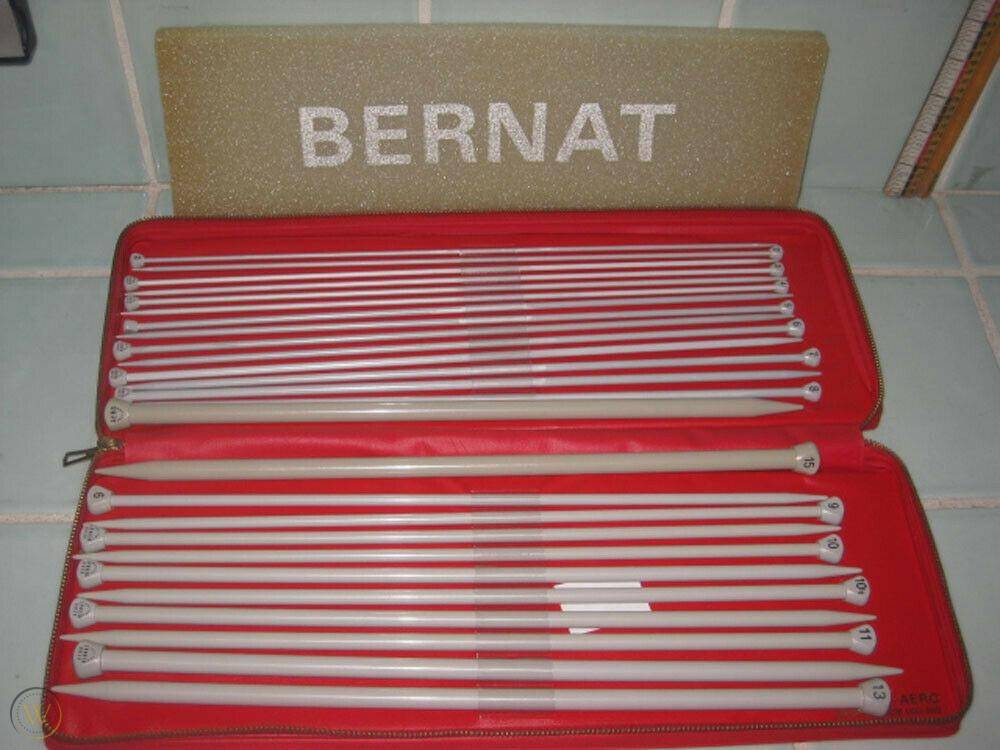
KNITTING GETS OUT OF HAND
Technology can improve some processes, but diehard fans of knitting usually keep to the older ways. Still, knitting machines showed up as early as the 16th century. Although few of them were popular with home knitters, one company, Gearhart, had some success with craft knitters, mainly due to the Red Cross. A sock knitting machine produced by the company made it possible to knit a pair of socks in less than an hour. However, the same pair of socks would take about a week for the average person to make by hand. Getting fresh socks to the war front was crucial because soldiers’ boots often let in moisture. The result was a condition called “trench foot,” which caused the wet wool to rot and create weeping sores and infections.
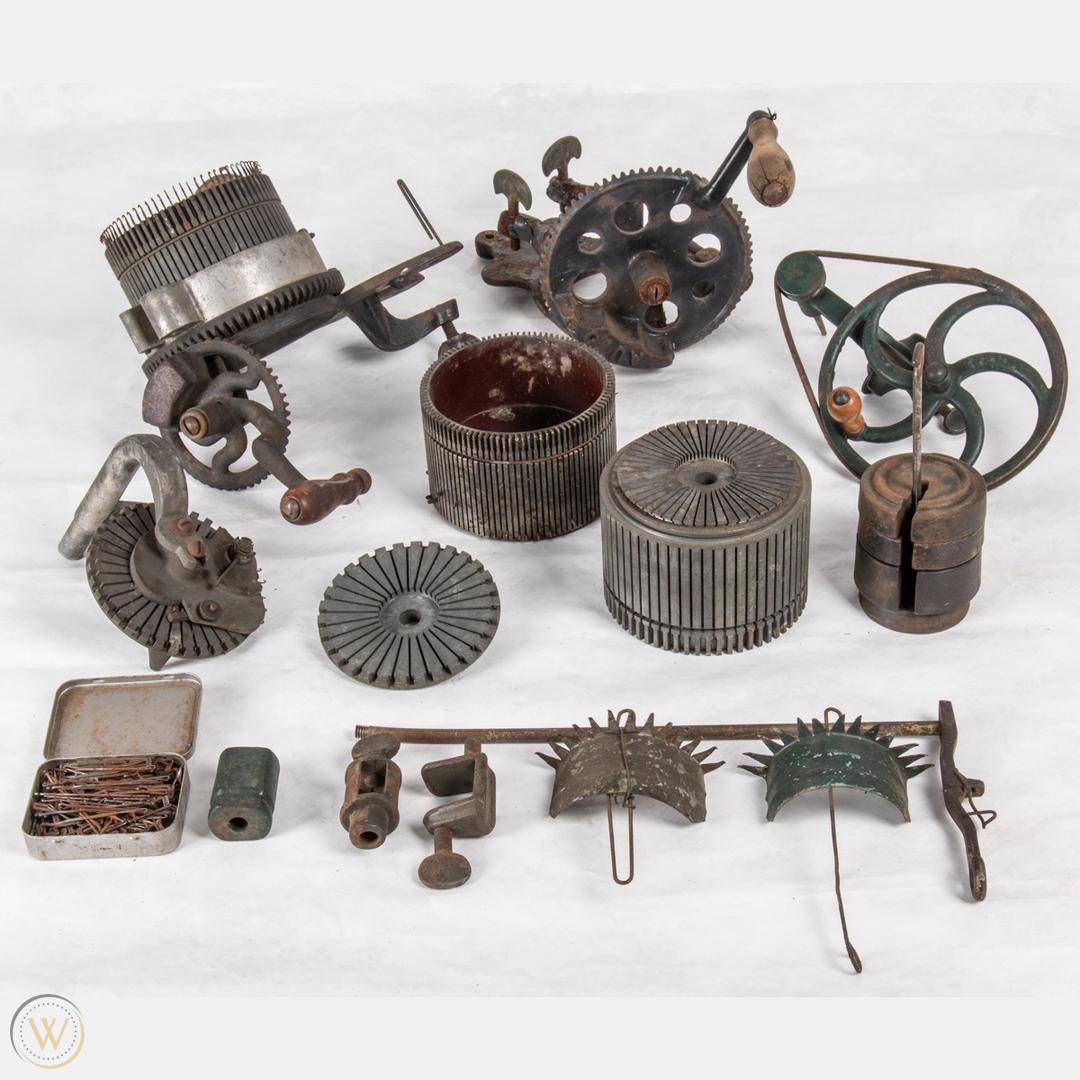
KNIT YOUR BIT
Socks were not the only knitted items needed for the war effort. The boys at war could use scarves, gloves, and even helmet liners. Like other efforts such as collecting scrap metal or rubber, everyone could do their bit. During this time, knitting needles were made from celluloid or Bakelite because metals were needed for aircraft and other military equipment. Today, the World War II Museum has relaunched the program and coordinates knitters to make items for active-duty service members, veterans, and V.A. medical centers. To date, more than 50,000 scarves have been distributed to roughly 1,000 organizations.
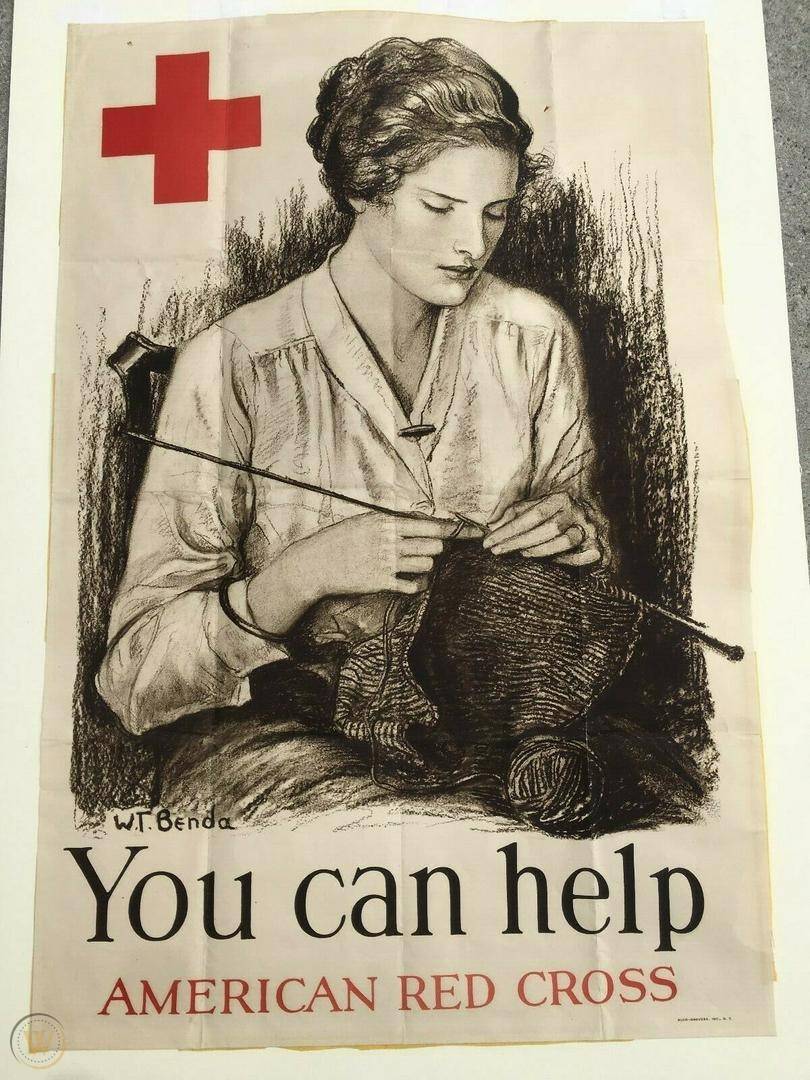
WHAT ABOUT THE HOOKERS?
If there are crochet enthusiasts out there, fear not; we see you. Crochet is very different from knitting, using a single hook as opposed to multiple needles. In 2010, the Smithsonian featured a hyperbolic crochet model of a coral reef as part of an exhibit on climate change and the deterioration of sea life and coral rock formations. Hyperbolic crochet incorporates math into the art of needlework. It allows for ruffles and other features to come to life with yarn.
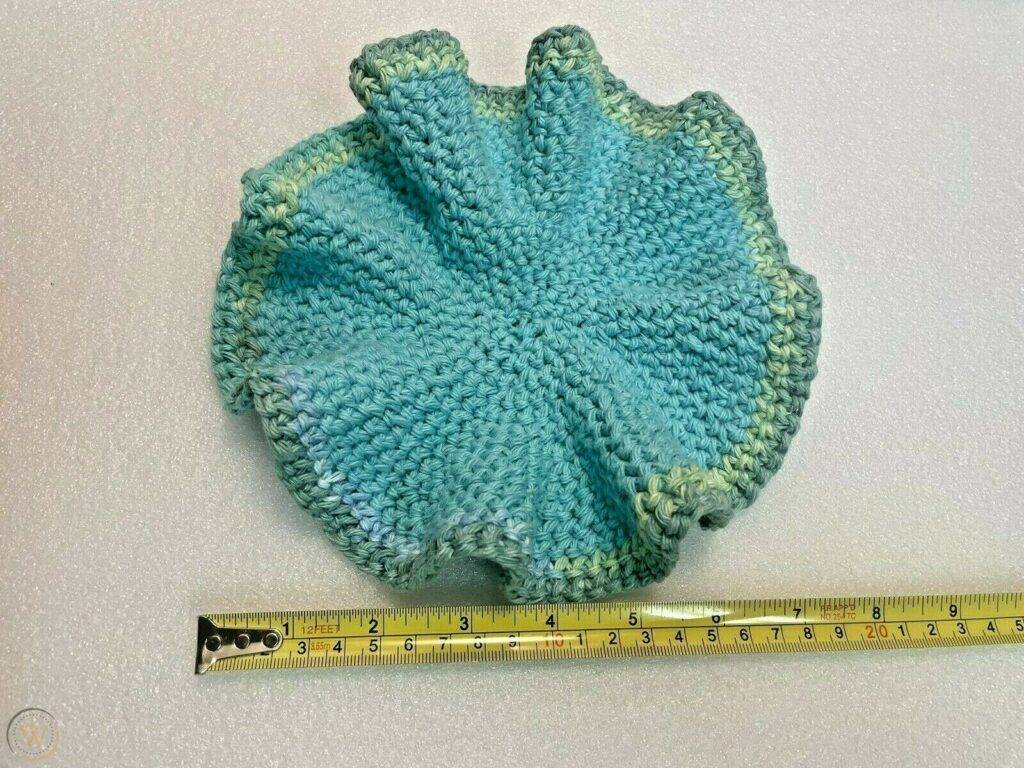
While each craft has its fans, there is a bit of good-natured rivalry between those who knit and those who crochet. Whether you’re a yarn hooker or a “knitwit,” it’s a valuable skill to have. Anyone who can take a hook or a couple of sticks and make a ball of yarn into a beautiful garment is an artist.
Brenda Kelley Kim lives in the Boston area. She is the author of Sink or Swim: Tales From the Deep End of Everywhere and writes a weekly syndicated column for Gannett News/Wicked Local. When not writing or walking her snorty pug Penny, she enjoys yard sales, flea markets, and badminton.
WorthPoint—Discover. Value. Preserve.
The post Stitches Through Time: Knitting Heirlooms first appeared on WorthPoint.